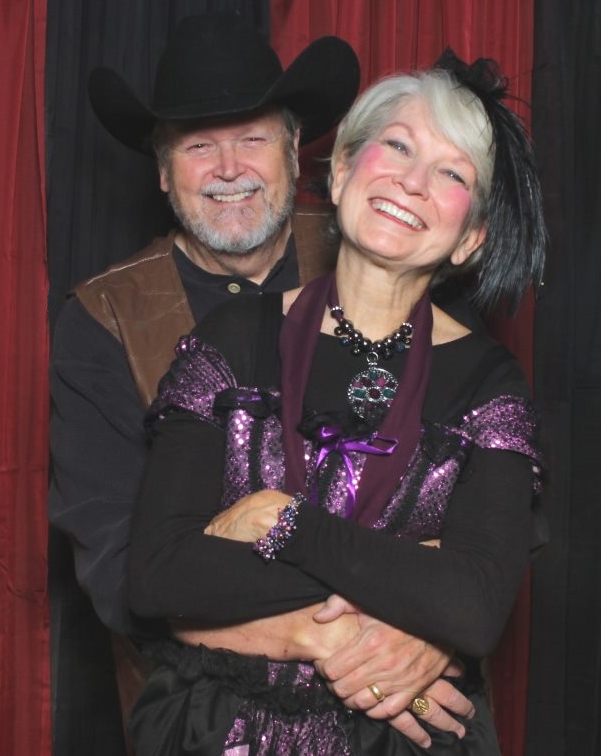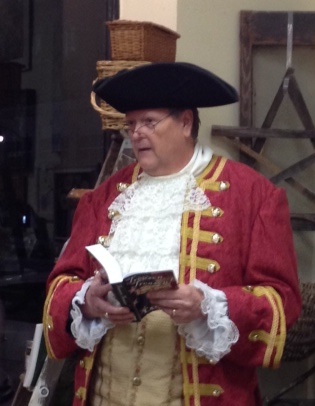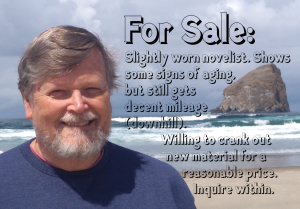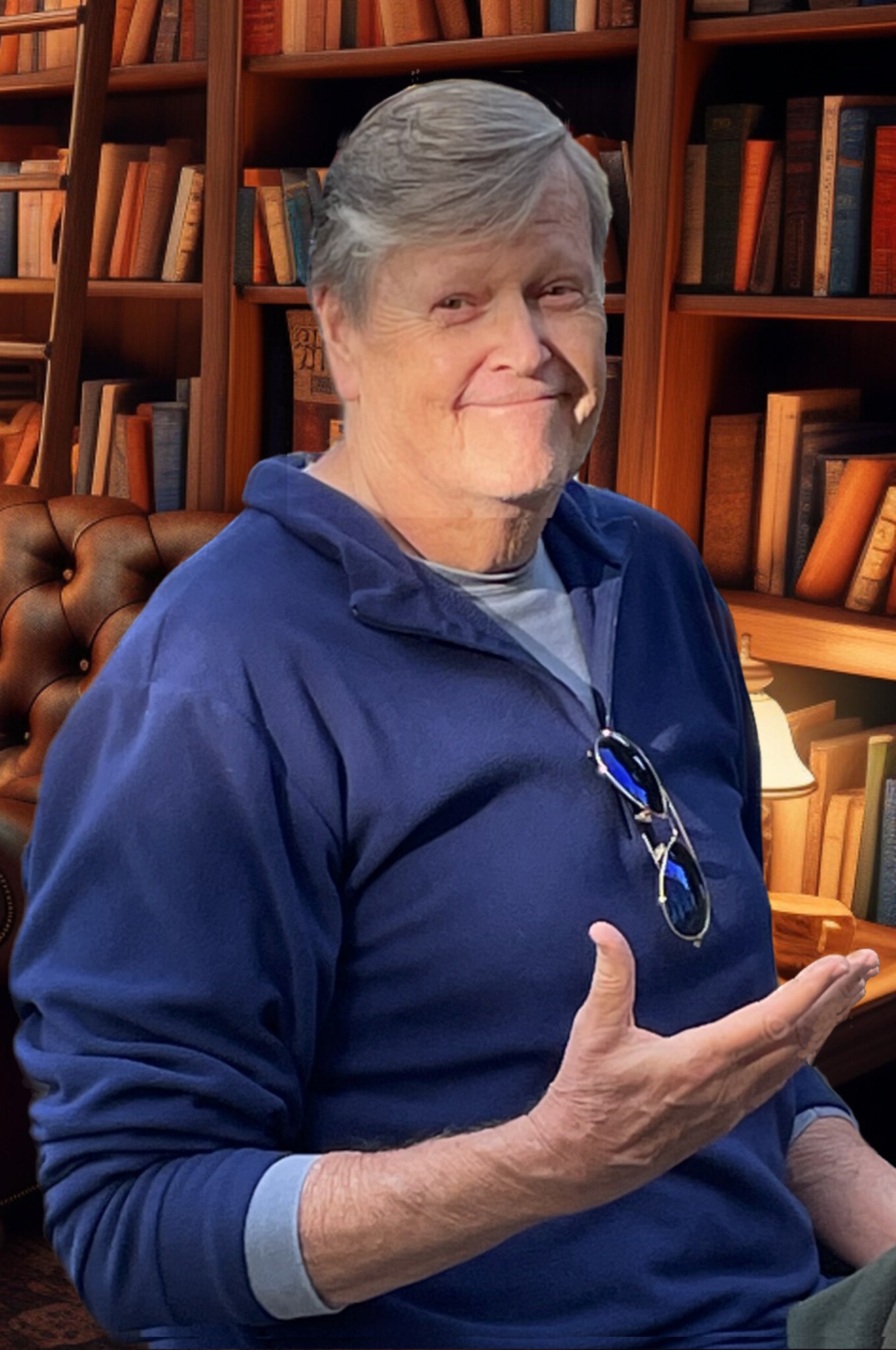We recently connected with Josh Langston and have shared our conversation below.
Josh, thanks for joining us, excited to have you contributing your stories and insights. Let’s start big picture – what are some of biggest trends you are seeing in your industry?
I fear the growth of Artificial Intelligence tools. I see too many of my students–all aged 50 and above–who try to use AI to write for them. I’m less fearful of them using AI graphics to help design their book covers, but I feel basing a story on text generated by a computer will inhibit creativity and imagination. The results won’t be worth reading without exercising and ultimately beefing up those skills.
I’ve received numerous ads in my email touting courses on how to use AI to generate entire novels. You couldn’t pay me to do that!
There may be some value in using AI voices in audiobooks, but the technology hasn’t advanced far enough to generate the proper emphasis much writing requires. Take the following sentence for example: “What do you mean by that?” Emphasizing any single word in that sentence will imply a different context and possible meaning. AI voices can’t distinguish which would be best given the drift of the conversation in which it occurs. Only real, live human beings will know.

Great, appreciate you sharing that with us. Before we ask you to share more of your insights, can you take a moment to introduce yourself and how you got to where you are today to our readers.
My father was a writer/director of commercial films. He produced TV spots and training films for Pillsbury, Lockheed, Chick-fil-A, and many other big companies. I believe he inspired my love for creative writing, and he helped me with my first big project: scripting an alternative stage production of “Camelot” while I was in high school. My version of the story was told by Merlin, but still included all the other major characters. We even worked in some songs from the Broadway version.
I edited my college newspaper, “The Sentinel,” and was later elected president of the Georgia College Press Association.
My writing efforts stalled while my bride and I raised our two wonderful kids, and I didn’t get back into it until I hit my forties. Since then I’ve produced 20 novels, four textbooks, and a half dozen short story collections. Somewhere along the line I began teaching the over-50 crowd how to write novels and/or memoirs and then publish ’em. That’s turned out to be a real source of joy. It’s almost as exciting for me to see the finished work of a student as it is to see something of my own.

What’s the most rewarding aspect of being a creative in your experience?
Entertaining my audience. If I can write material that stokes emotions, keeps readers up at night to finish “just one more” chapter, and makes them want to share my work with others, I’m totally rewarded. Good reviews help, too, of course!

Do you think there is something that non-creatives might struggle to understand about your journey as a creative? Maybe you can shed some light?
Many of my students who want to write a memoir often lament that “I haven’t done any writing since I got out of school thirty (or forty or fifty) years ago.” Another common refrain is that “I don’t need to be creative; I just need to tell my story.” I have to tackle such sentiments from the get-go.
First, the grammar rules haven’t changed since these folks were school kids, and a little guidance can go a long way to helping them become writers. Second, creativity is needed every bit as much in a memoir as it is in a work of fiction. Very often it’s not the story you tell but how you tell it that’s important. Creativity is like a muscle; if you don’t exercise it, you can’t expect to build up any strength. Fortunately, I have a wide variety of exercises to help them beef up their creative muscles.
Contact Info:
- Website: https://JoshLangston.com



Image Credits
Most of these photos were taken by my bride, Ann Langston.


